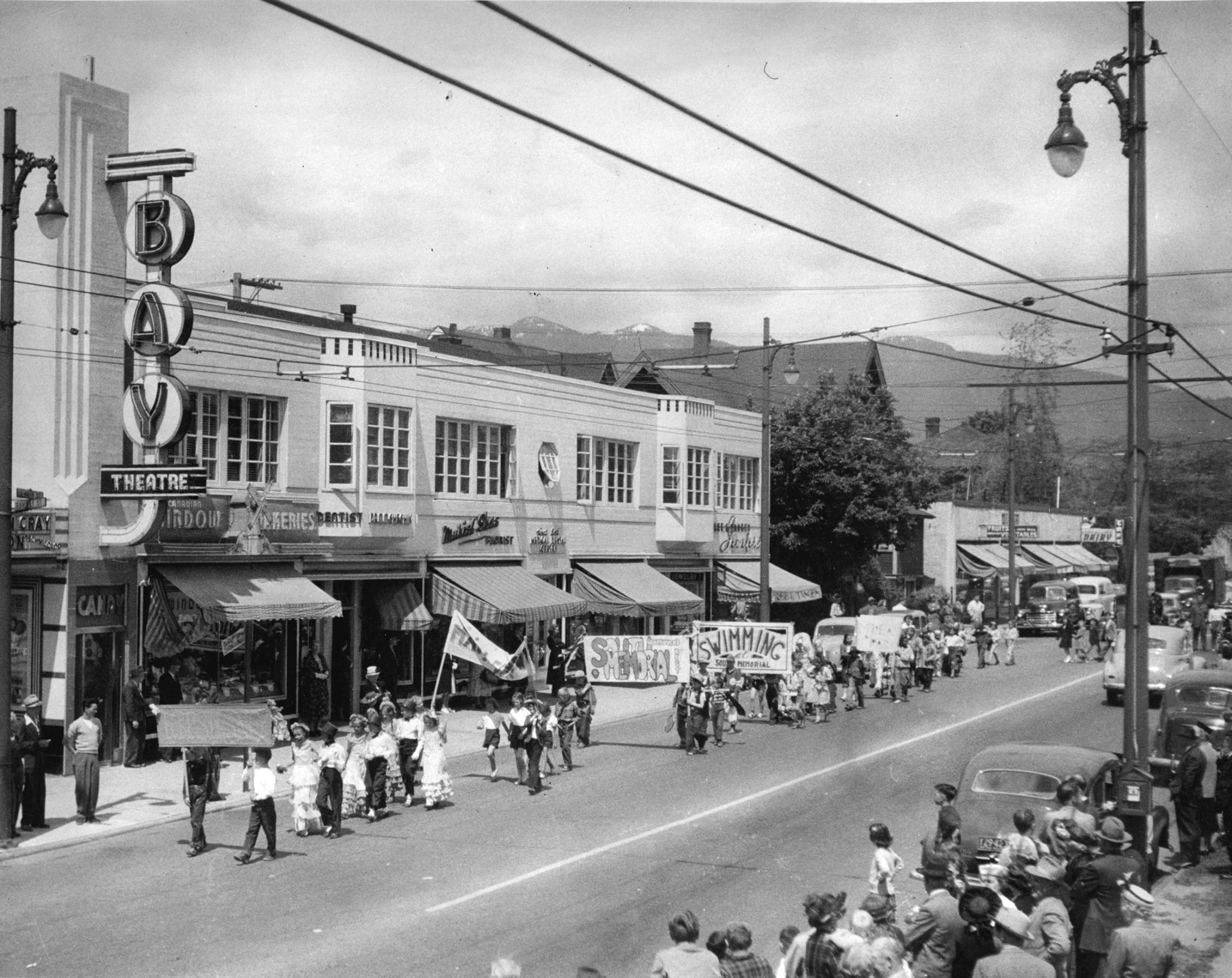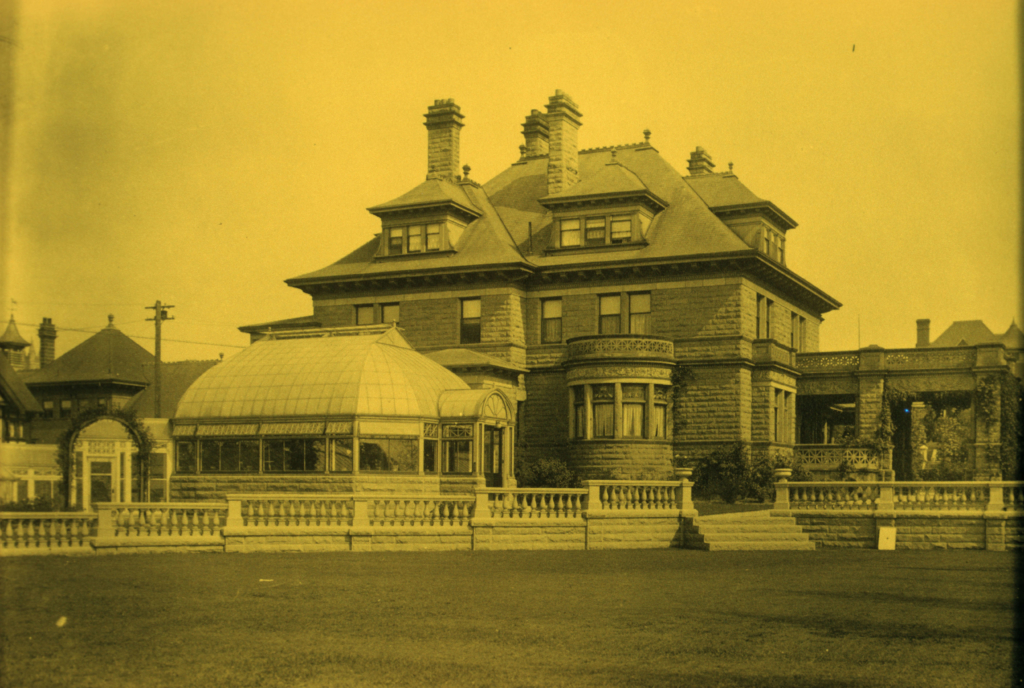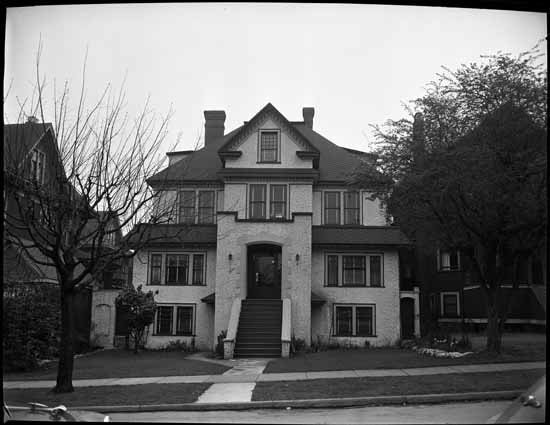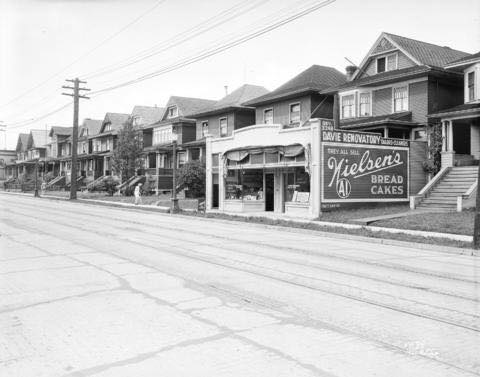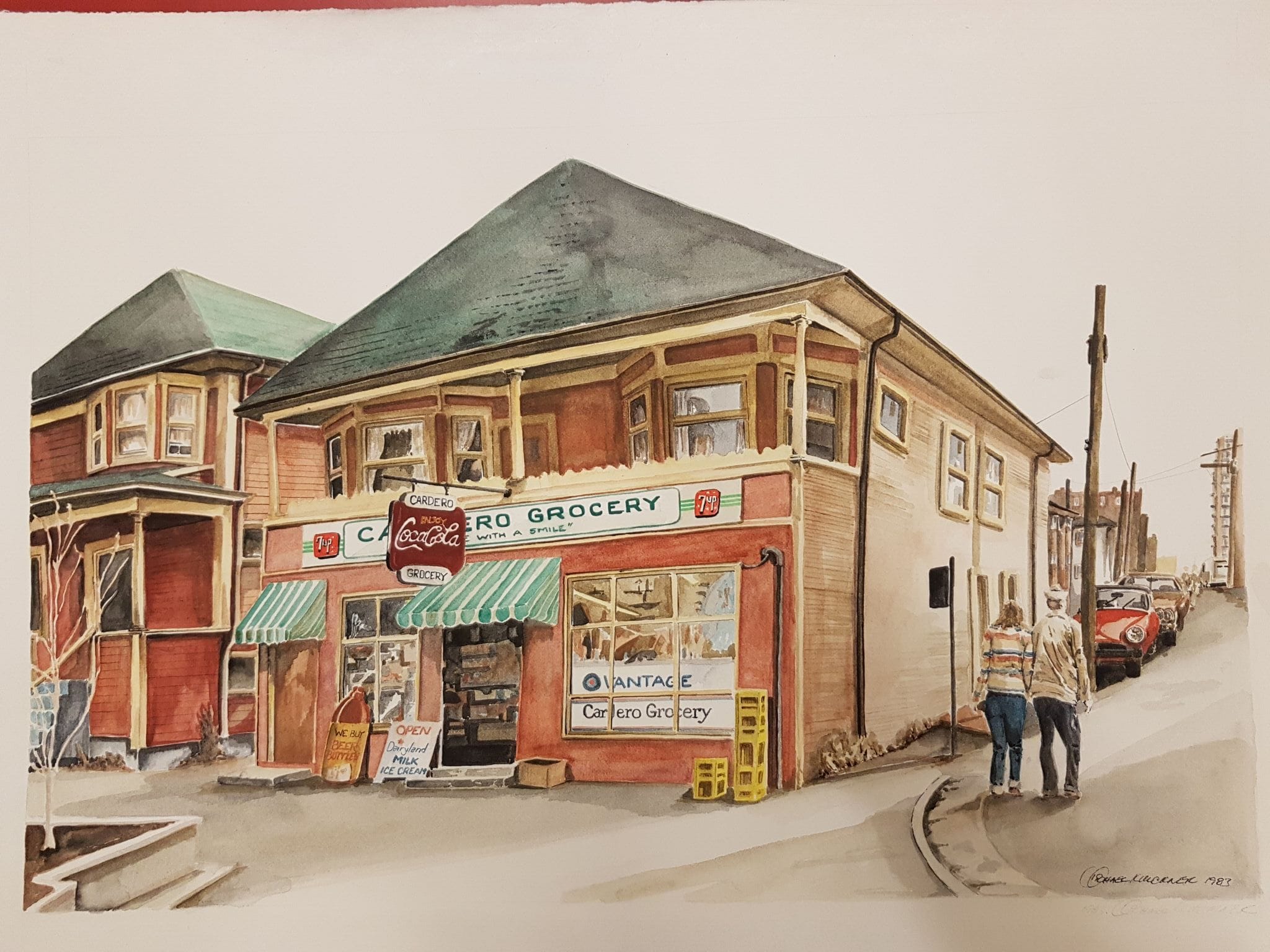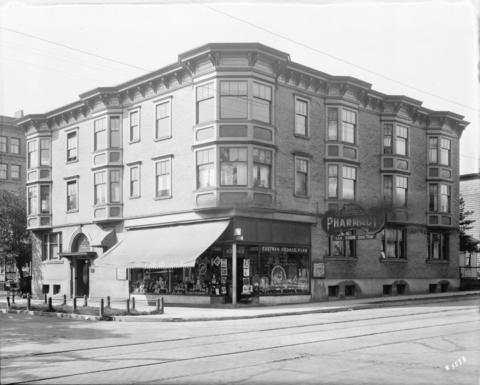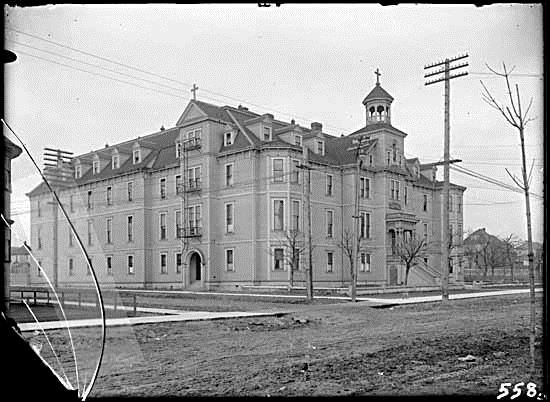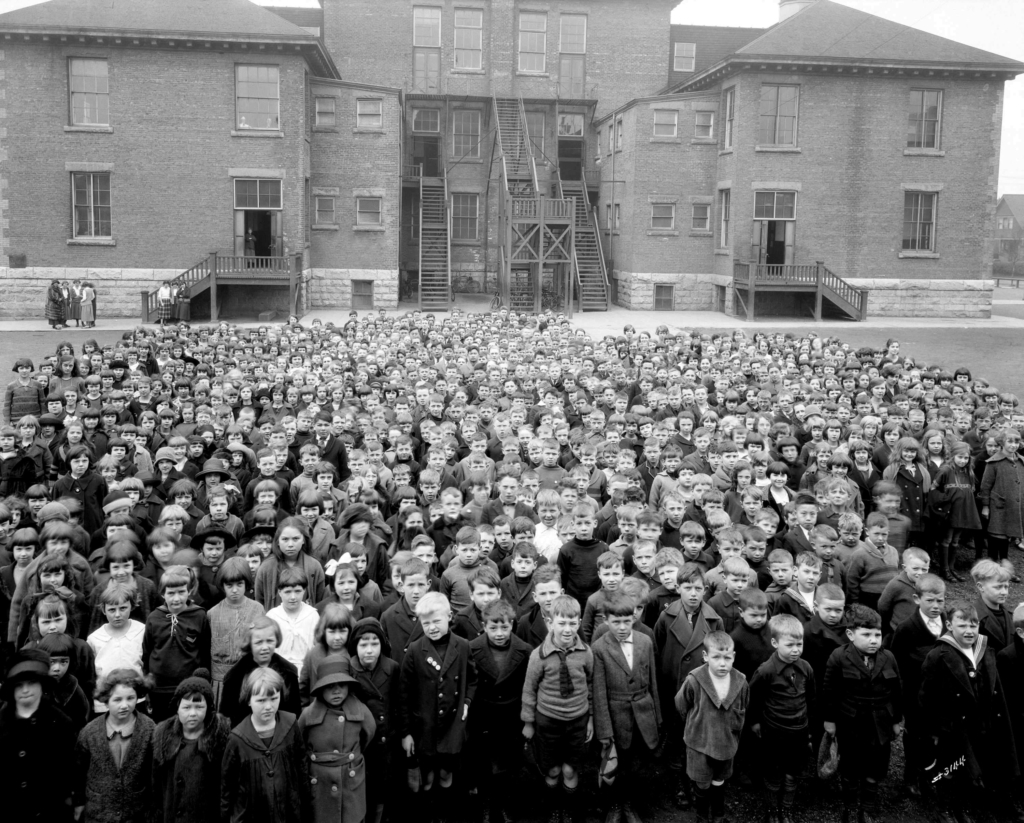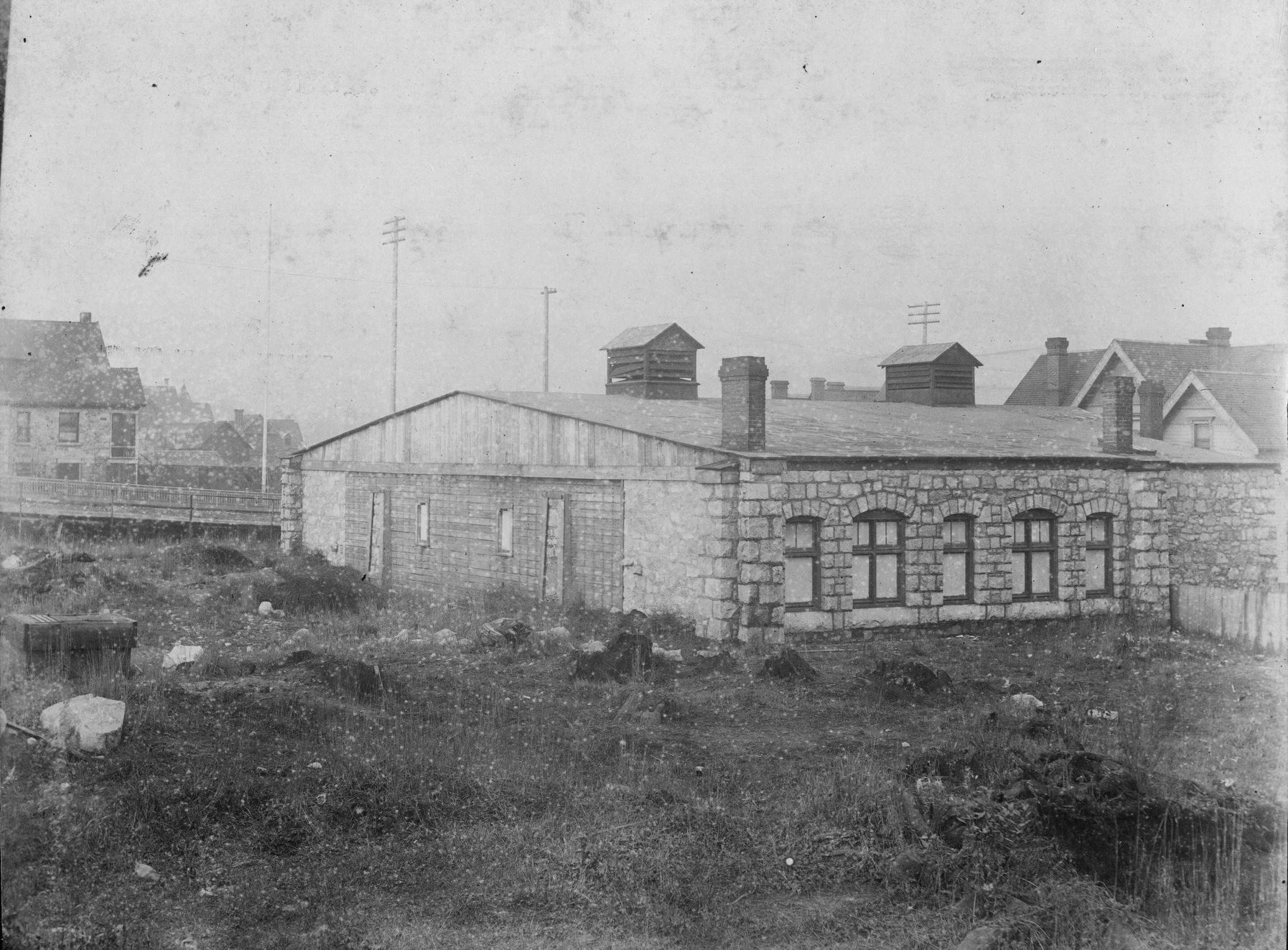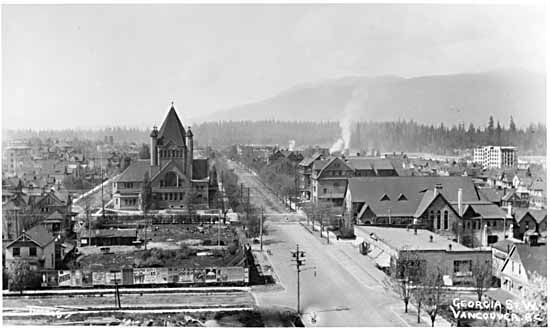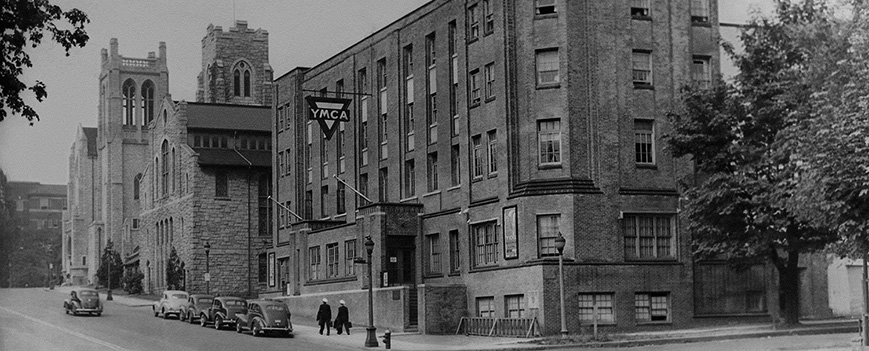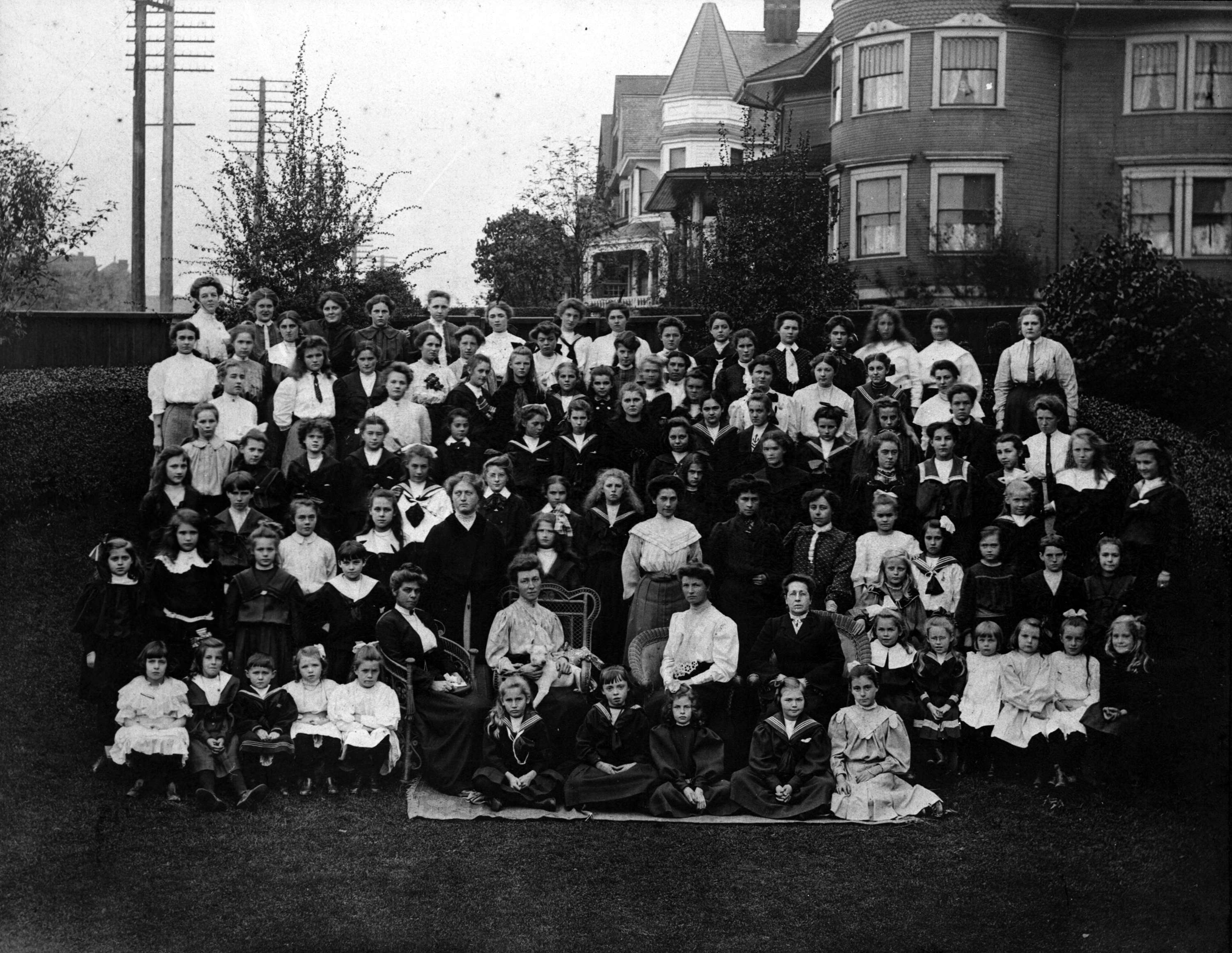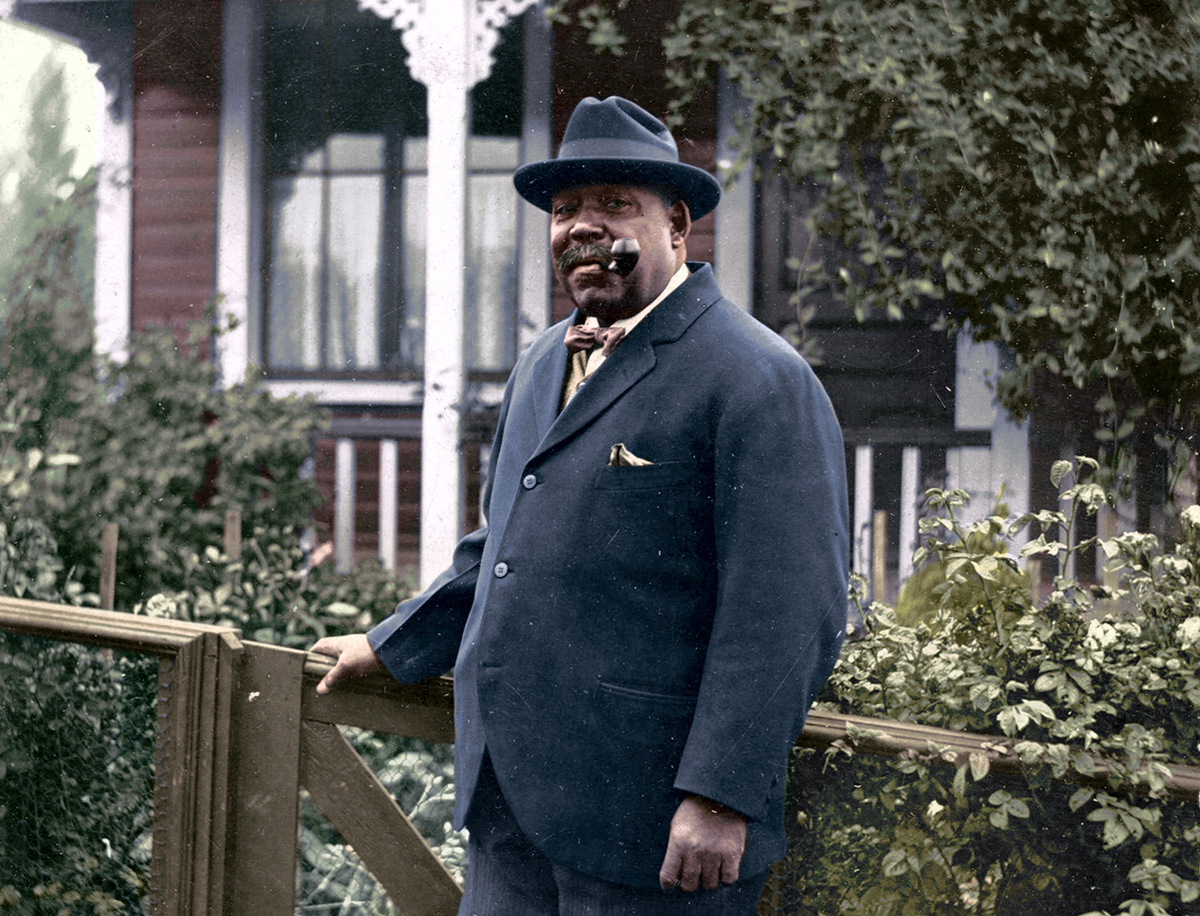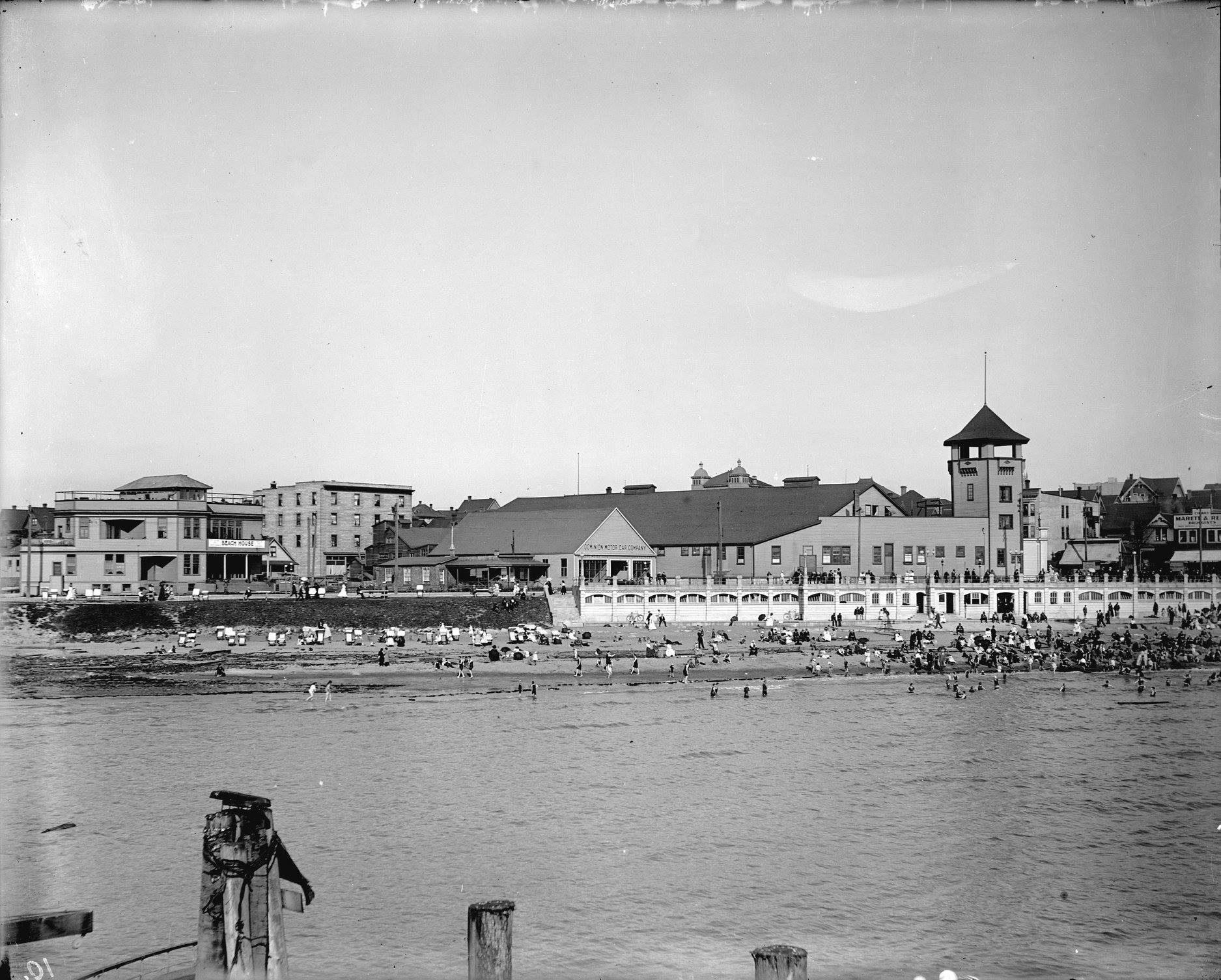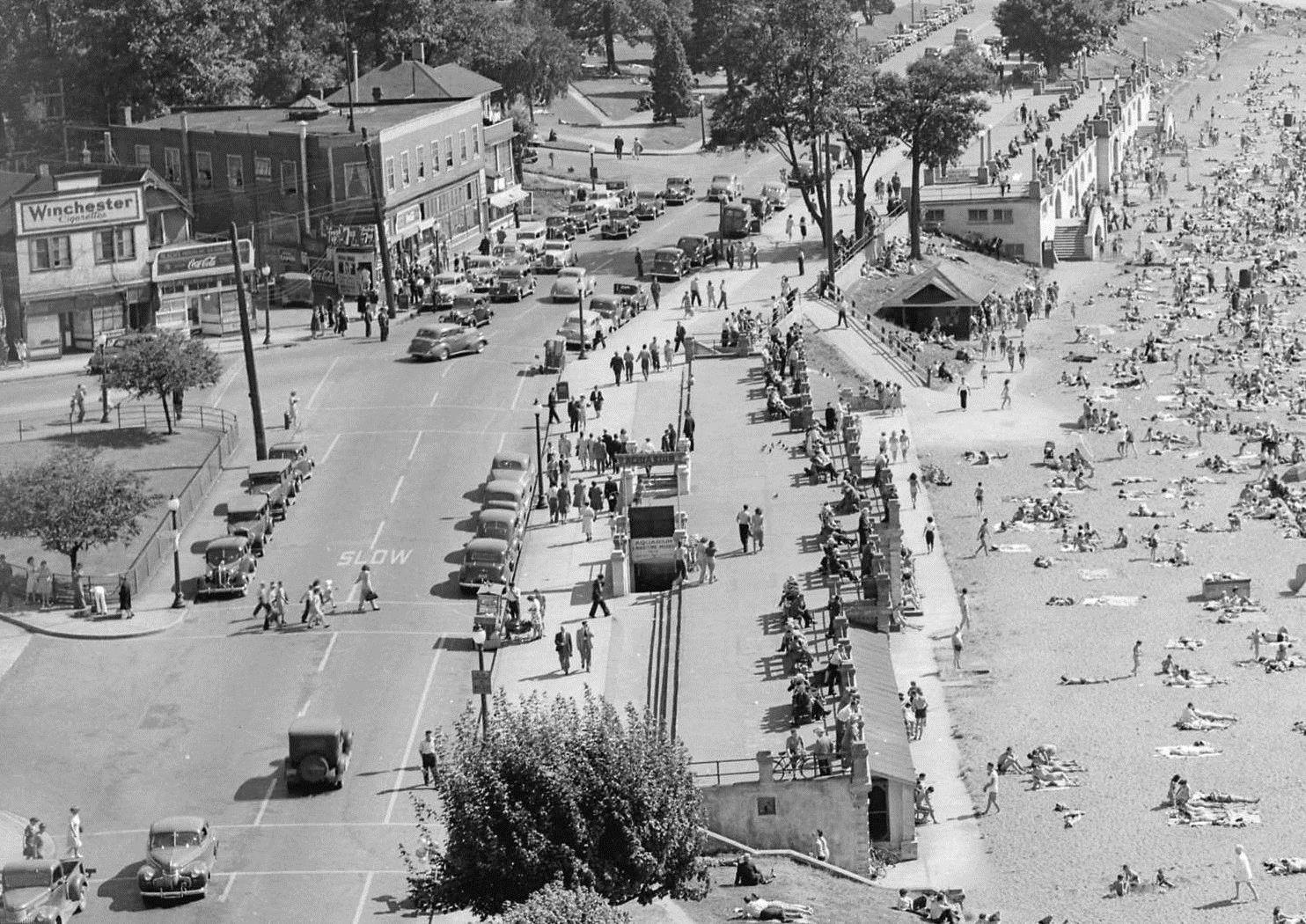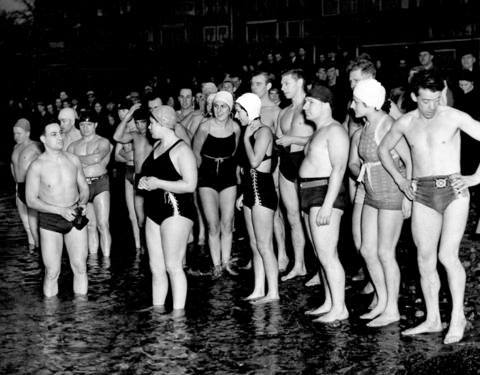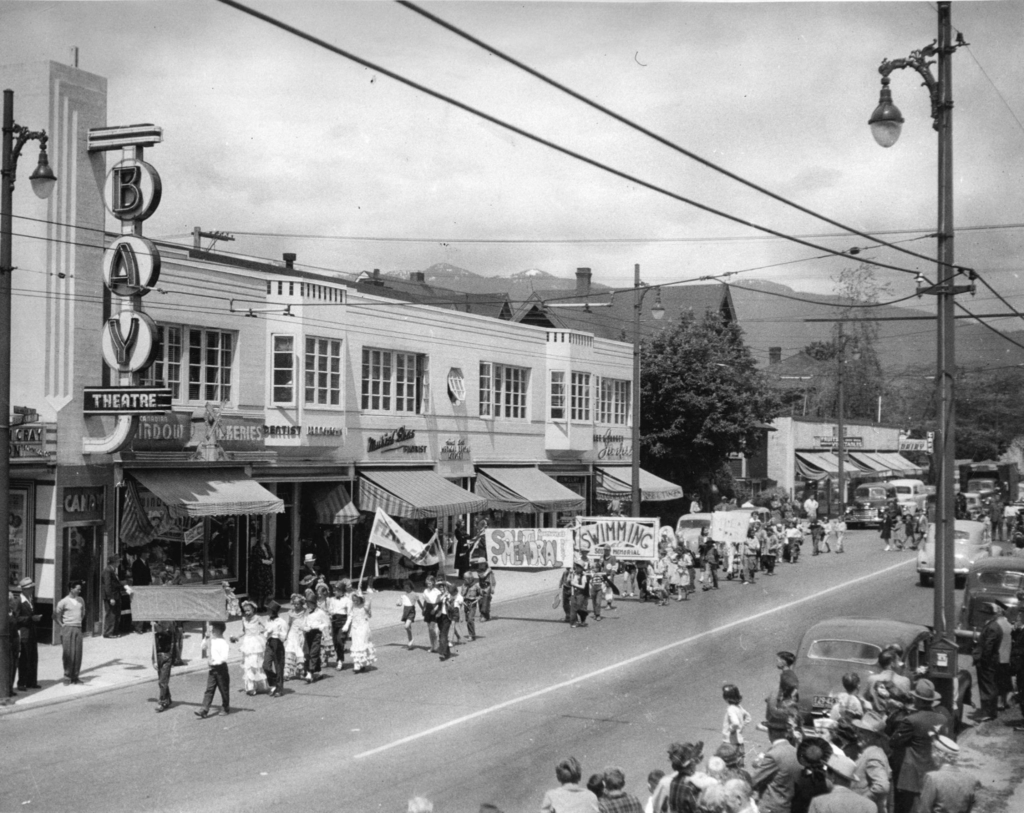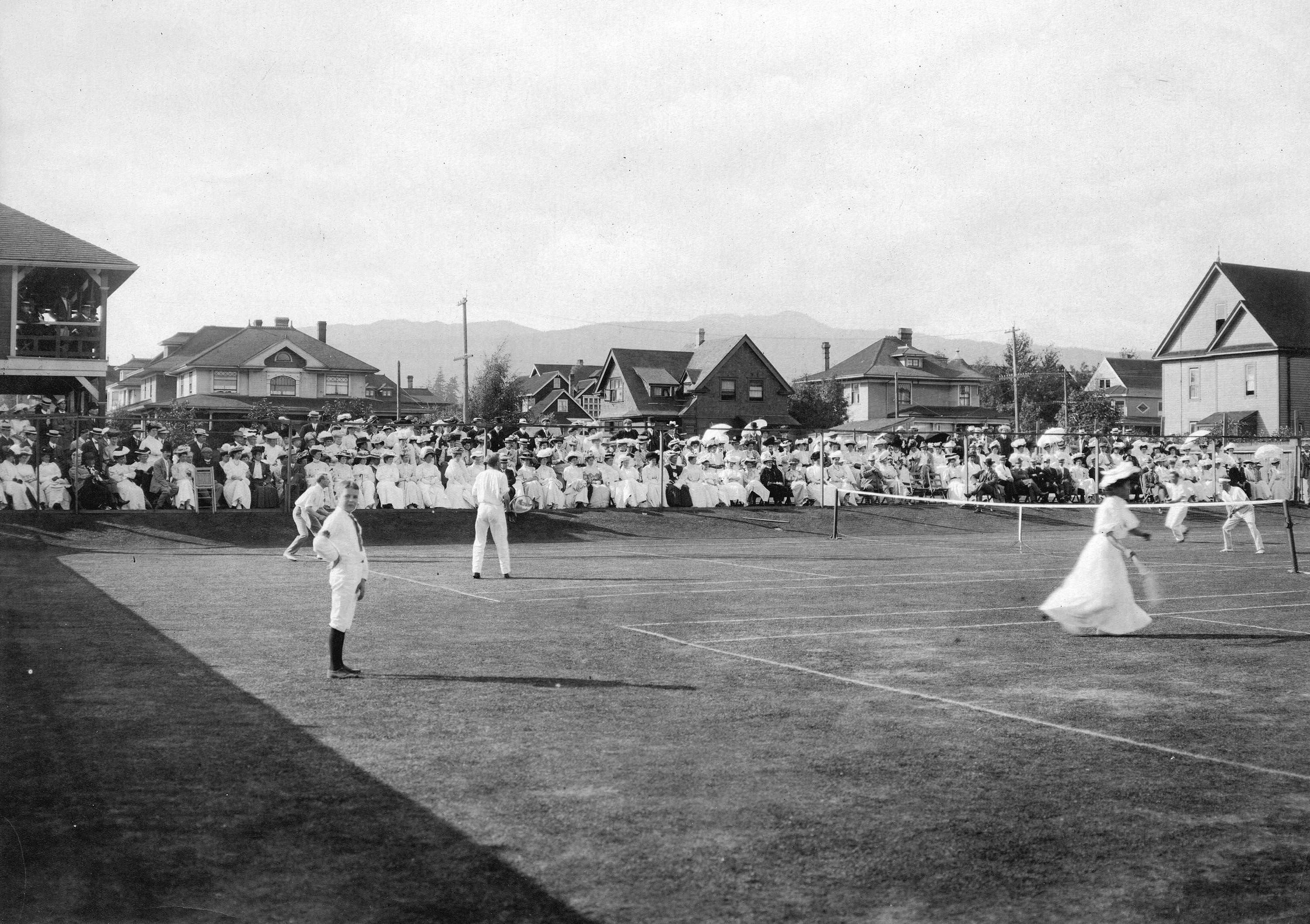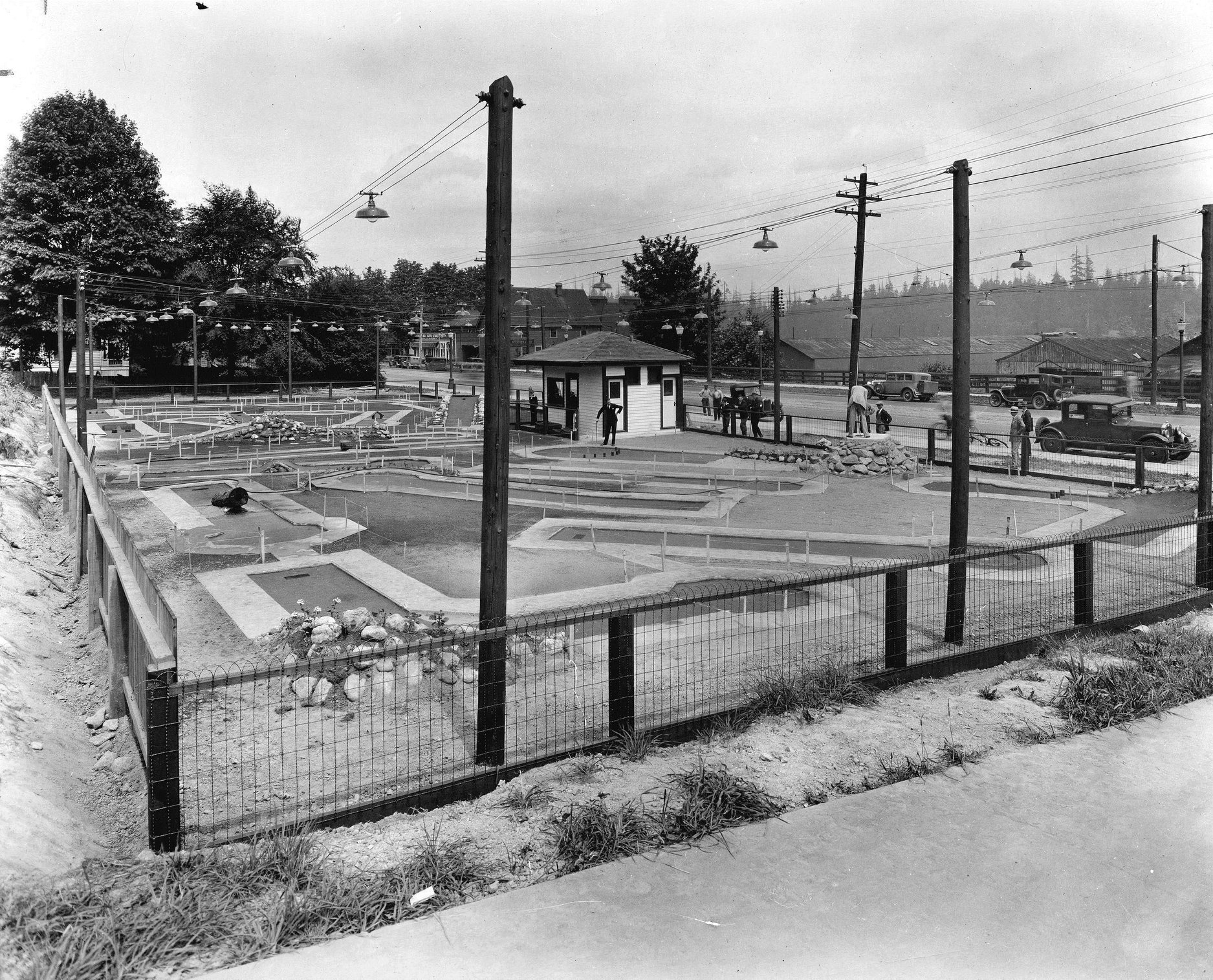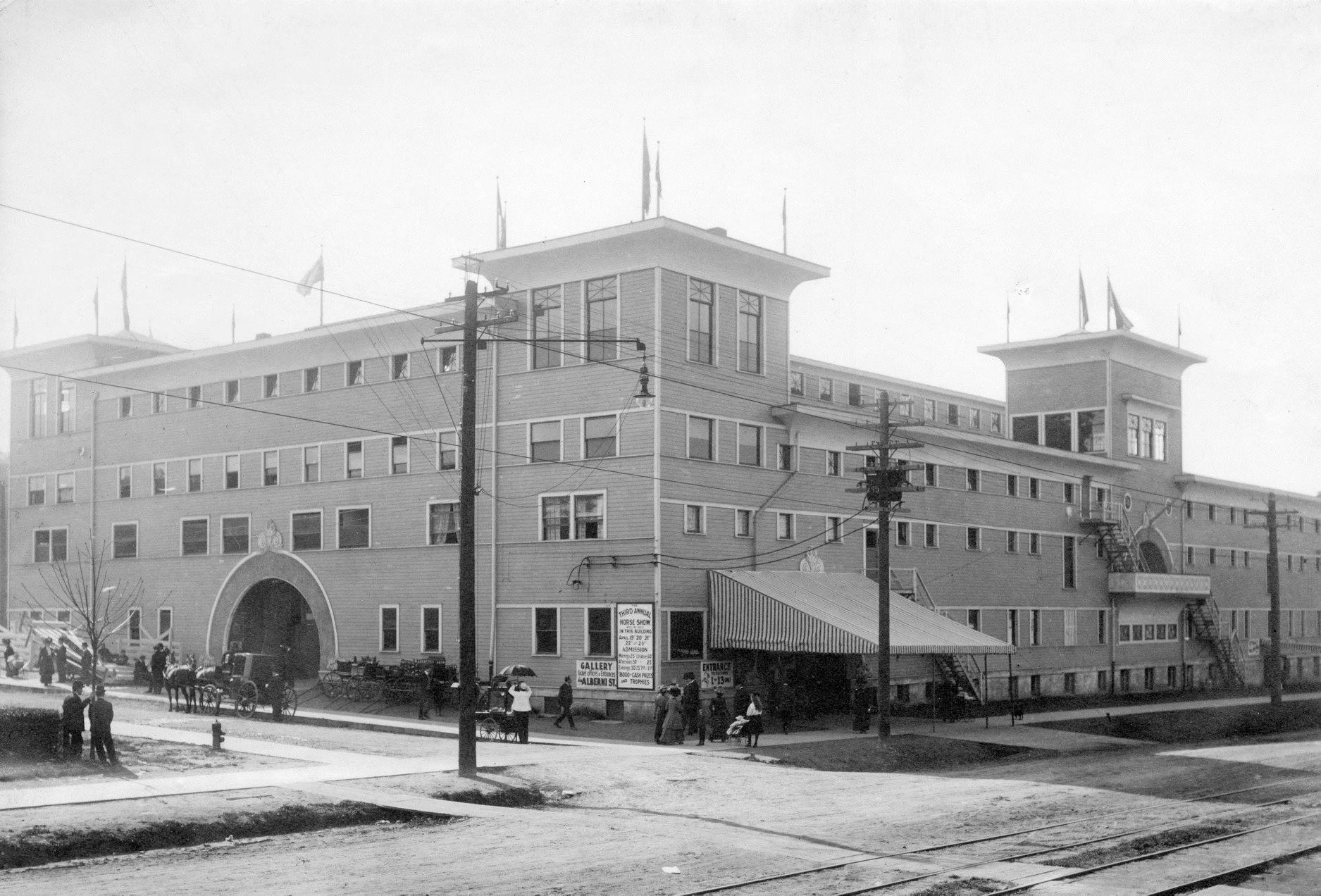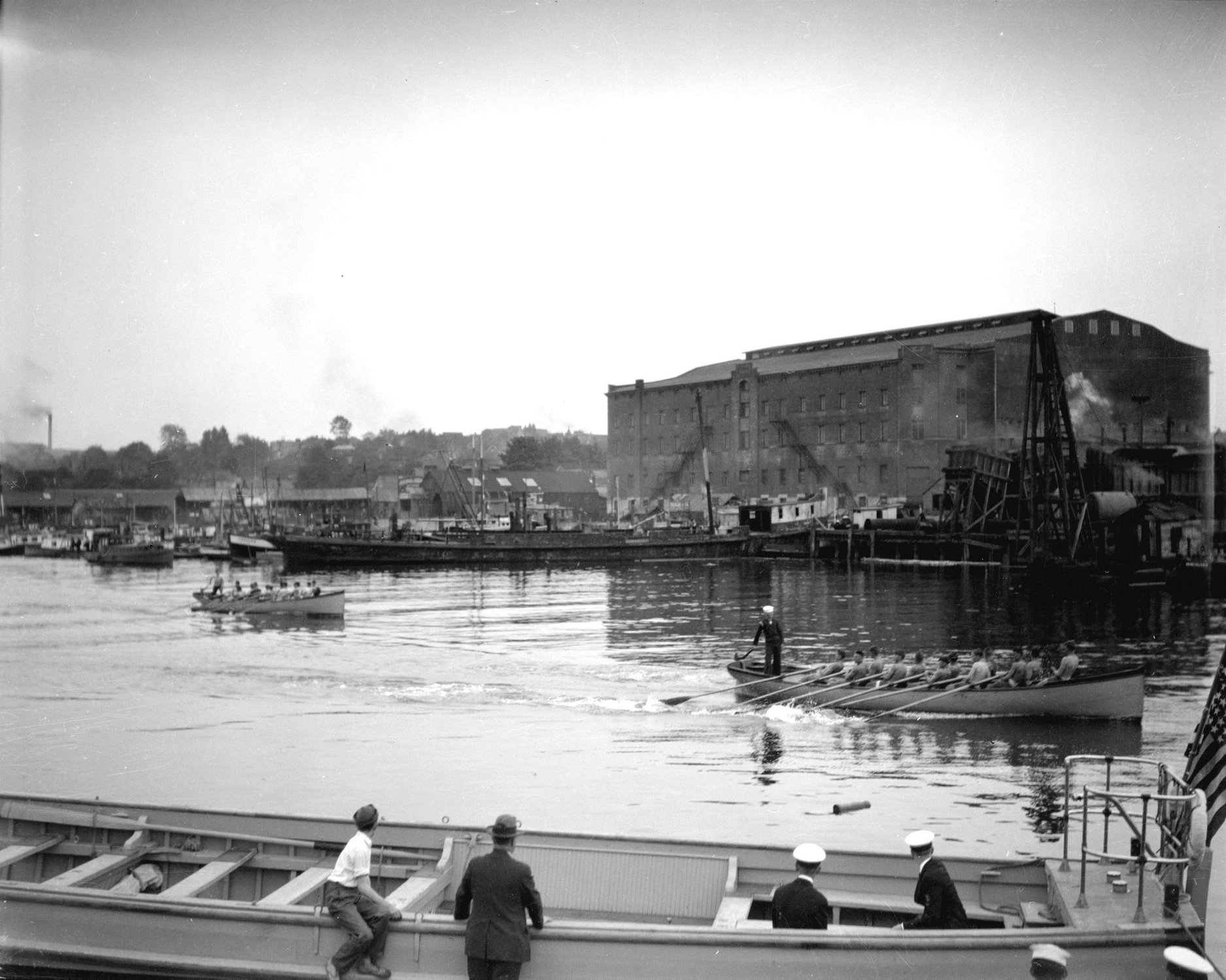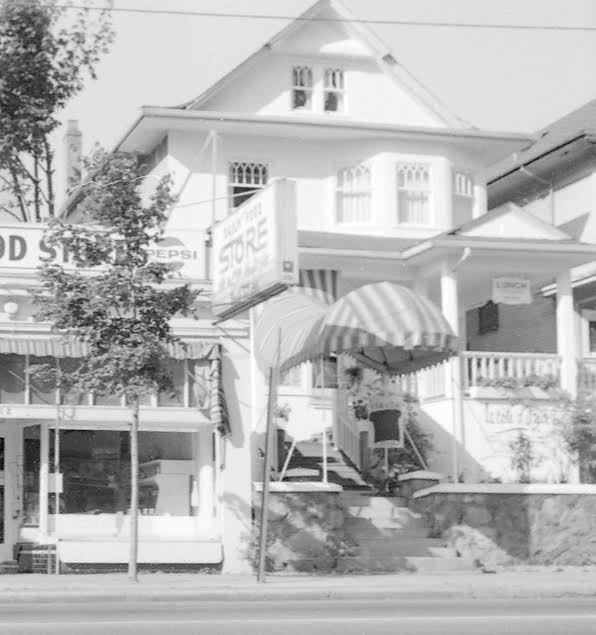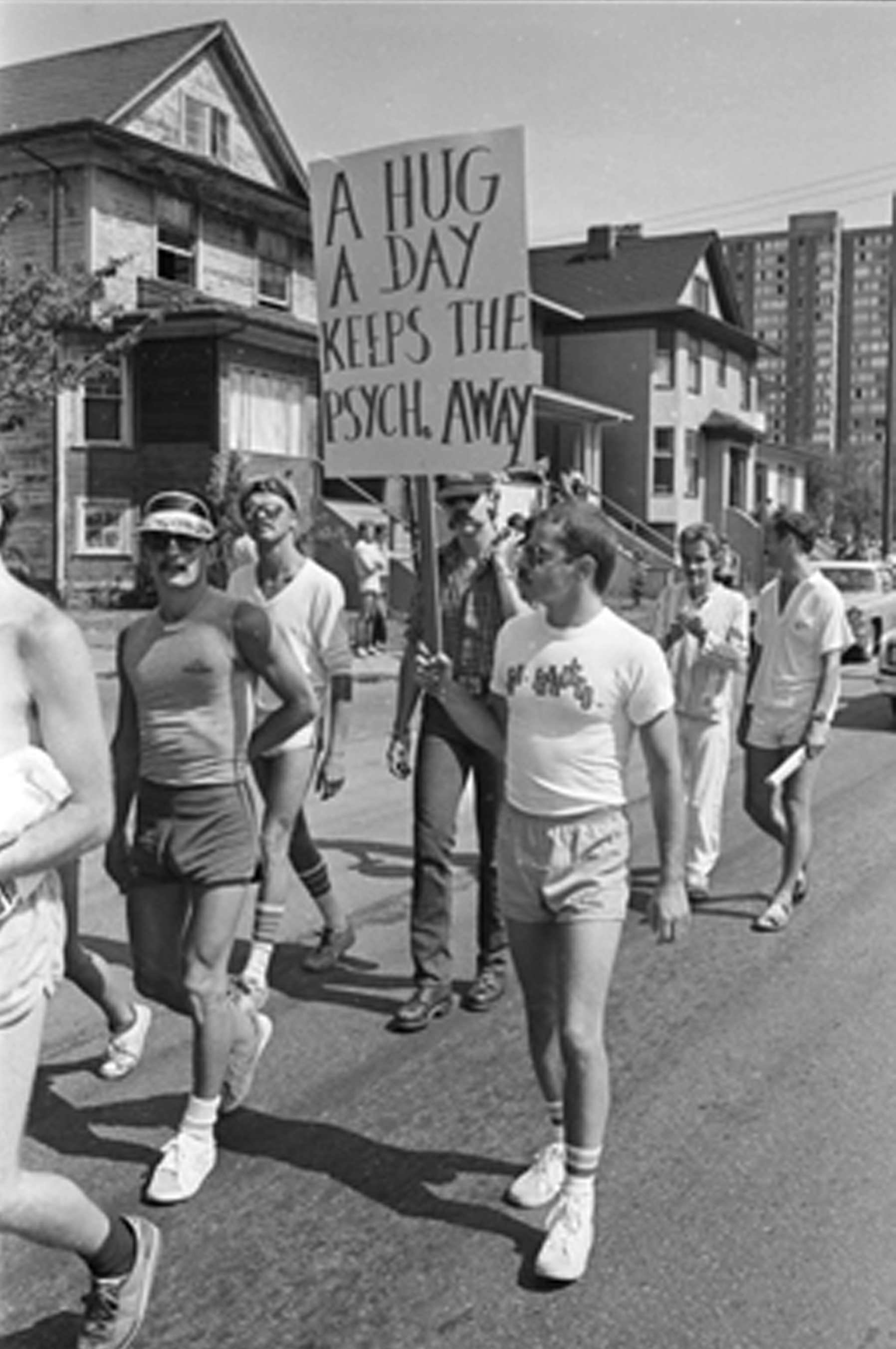The West End Story
The West End a popular regional and global destination is home to approximately 45,000 people. The natural beauty of the land, the ocean, the beaches, and the rainforests continues to attract visitors to the area.
1.The West End Before Vancouver was Incorporated as a City
The Indigenous Peoples
Fact: Moving people out of Stanley Park began before the area became a park in 1886 and continued until the last person was removed in 1958.
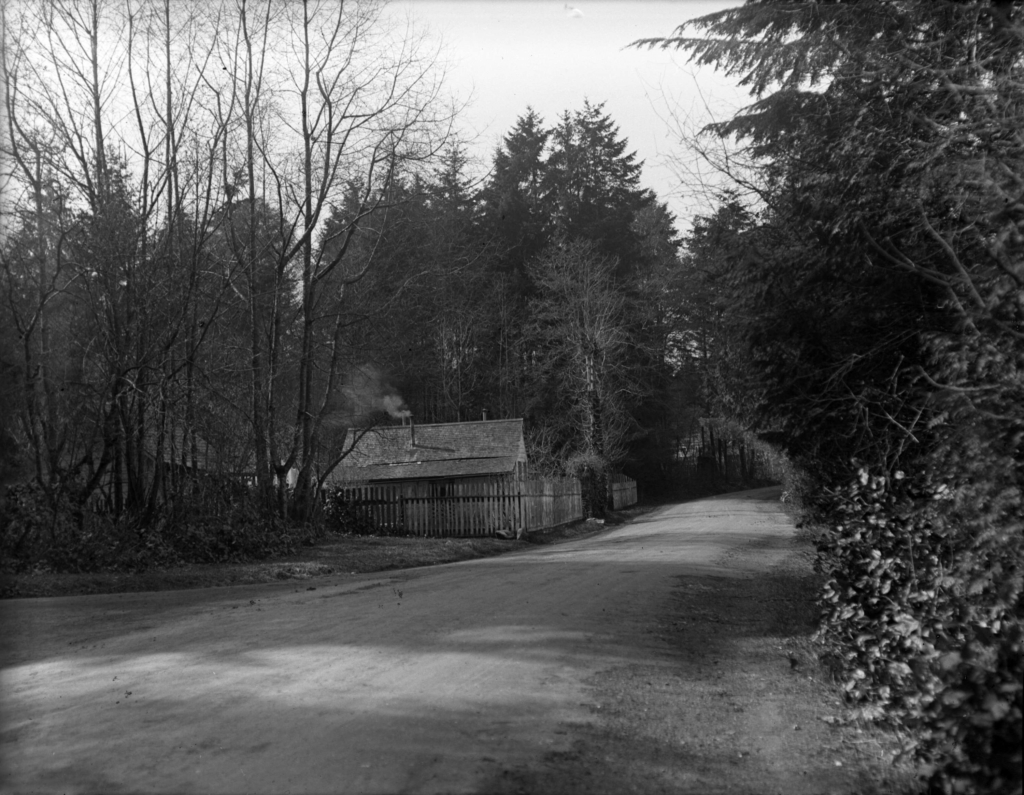
This was the last cabin, remnants of the Squamish Village near Brockton Point on the Park Road 1928
In 1923 the Park Board erected 4 totem poles as the first step in the creation of a replica “Indian Village” to honour the Indigenous people of Northern Vancouver Island. The village was never built but the totem poles are now the most popular attraction in Vancouver.
Fact: In 2007 The unveiling of Susan Point’s “Welcome Gates” was the first time the Musqueam Nation was represented at this site.
The Hawaiians
From 1840 on approximately 500 Hawaiian men moved to the Vancouver region to work in the fur trade and later the lumber mills. Some settled at Kanaka Ranch at Coal Harbour and others at Brockton Point.
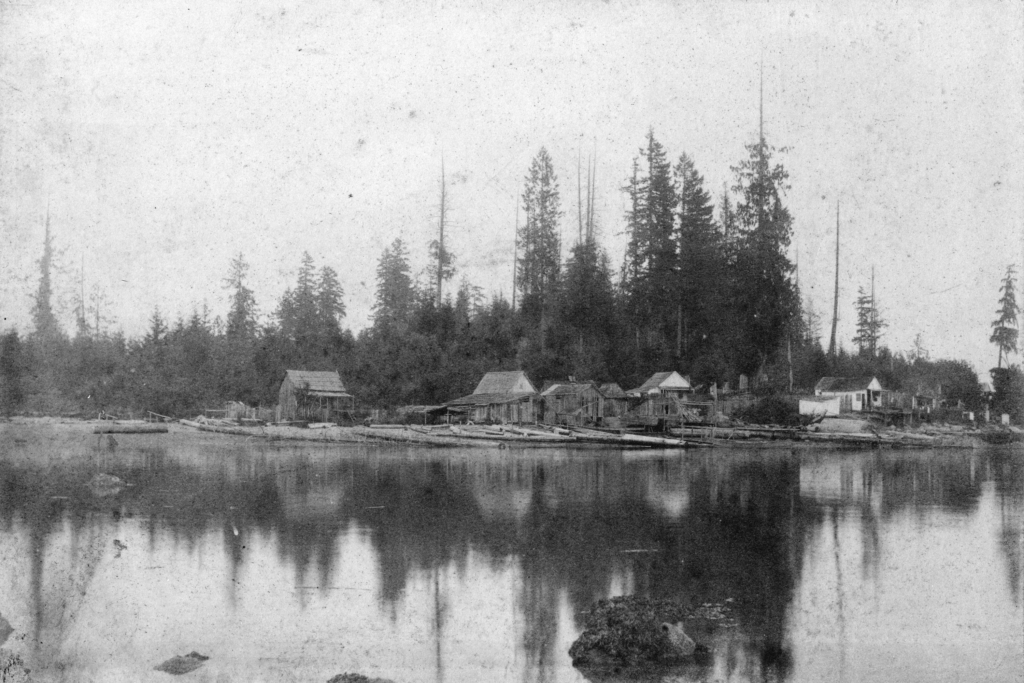
In 2018 with the naming of West End lanes, two were named in honour of Hawaiian settlers Eihu and See-em-ia who was married to both Eihu and Squamish Chief Joe Nahanee.
This family photo below illustrates the intermarriages between Hawaiians, Squamish and Europeans.
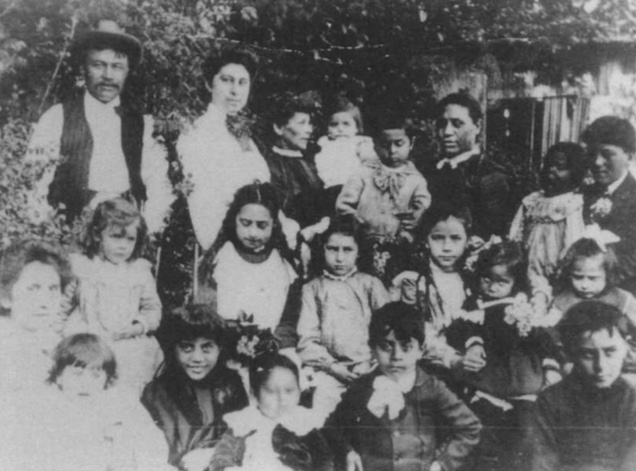
The Early European Settlers
Three Englishmen, known as the three greenhorns, Samuel Brighouse, William Hailstone and John Morton bought 180 acre stakes of land in the West End for $550.75 each. In the 1880s after several failed enterprises they sold their land to the CPR. The greenhorns and the CPR logged the land to make way for one of Vancouver’s first residential areas.

